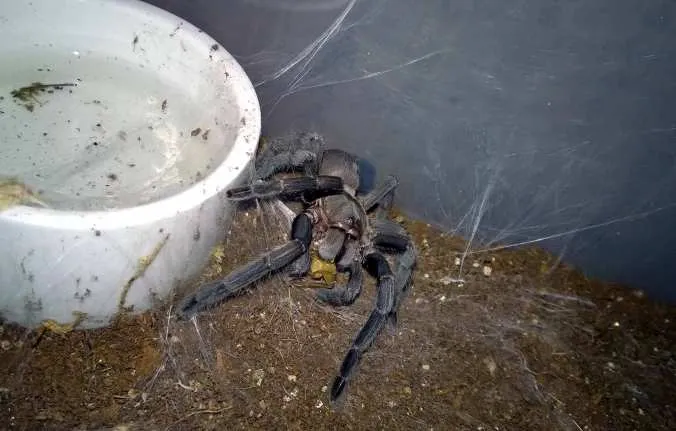Understanding Juvenile Tarantula Feeding Needs
Feeding a juvenile tarantula is a crucial aspect of responsible pet ownership, directly influencing its growth, health, and overall well-being. These fascinating creatures, in their early stages of life, require a carefully managed diet to thrive. Unlike adult tarantulas that can go for extended periods without food, juveniles have a higher metabolism and need more frequent meals. Their diet must be tailored to provide the necessary nutrients for proper development and the energy needed for their active lifestyles. This guide provides a comprehensive overview of the essential elements of juvenile tarantula feeding, covering everything from the right food choices to the proper feeding frequency and potential pitfalls to avoid.
What Do Juvenile Tarantulas Eat?
The primary diet for juvenile tarantulas consists of live insects. These invertebrates offer the necessary protein, chitin, and other essential nutrients that tarantulas need to grow and maintain their health. The key is to select insects appropriate for the tarantula’s size, ensuring they are not too large or small. Commonly used feeder insects include crickets, mealworms, and small roaches. However, the specific choice may depend on availability and personal preference, but the insects should be sourced from a reputable supplier to reduce the risk of parasites or exposure to harmful chemicals.
Appropriate Insect Sizes
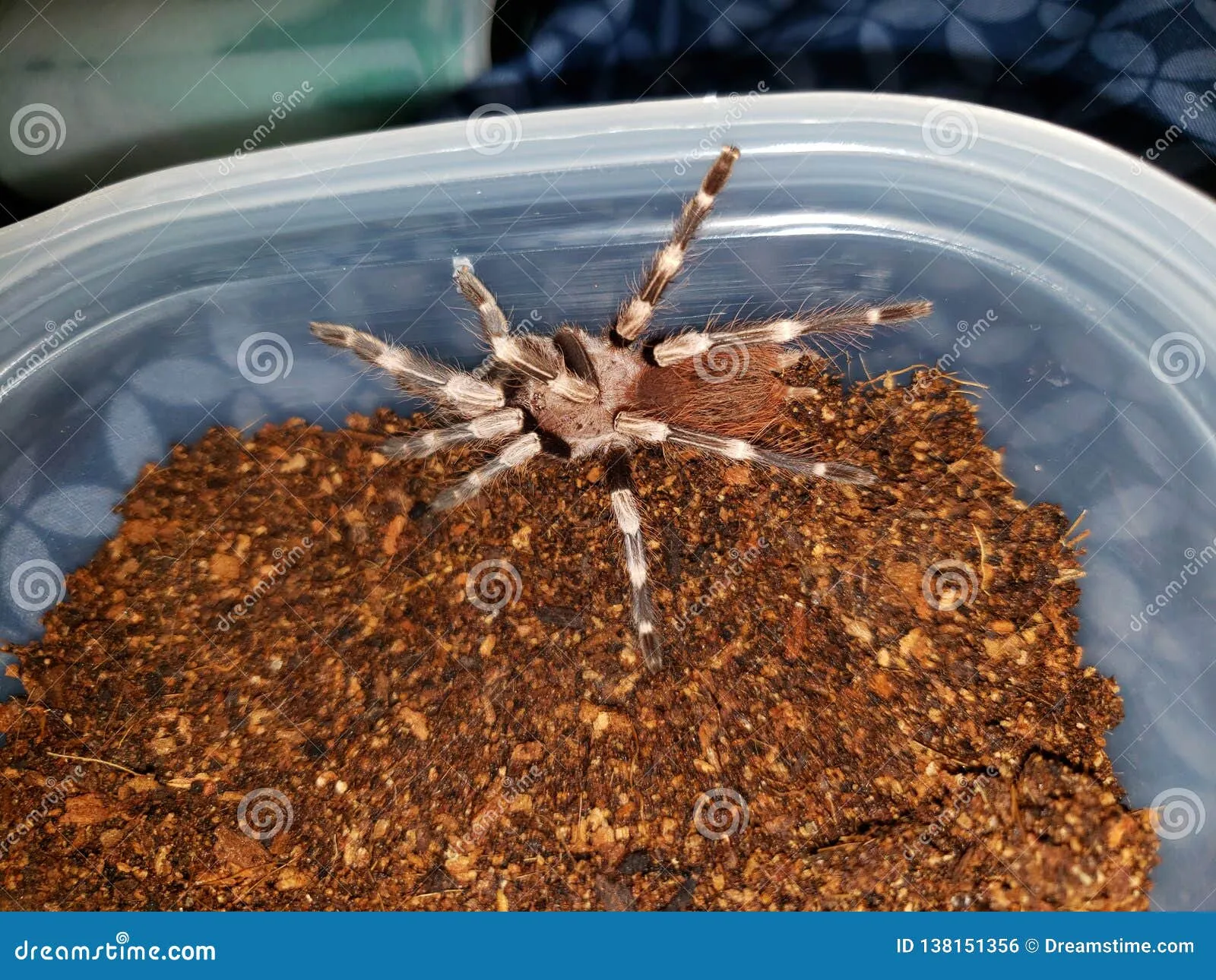
A vital consideration is the size of the insects offered. Juvenile tarantulas have smaller fangs and a less robust digestive system than adults. As a general rule, the insects should be no longer than the tarantula’s body length. Offering insects that are too large can stress the tarantula and may lead to refusal of food. If the insect is too big, the tarantula might struggle to subdue it, which can lead to injury. Monitor your tarantula’s feeding behavior and adjust the insect size as it grows. As they mature, the size of the prey can increase accordingly.
Feeding Frequency for Juveniles
The frequency of feeding is crucial for juvenile tarantulas. Due to their higher metabolic rate, they require more frequent meals than adult tarantulas. Regular feeding supports their rapid growth phase, allowing them to molt successfully and develop. The right balance of frequency will keep them healthy and active. However, overfeeding can lead to various issues. Determining the correct frequency is essential for the well-being of your tarantula.
How Often to Feed
Typically, juvenile tarantulas should be fed every other day or every two to three days. However, observe your tarantula’s behavior and adjust the feeding schedule accordingly. If the tarantula readily consumes the offered insects and appears active, it may benefit from slightly more frequent feedings. Conversely, if it refuses food or appears bloated, it may be time to reduce the feeding frequency. The aim is to provide enough nutrition without overfeeding. This will maximize growth and health.
Signs Your Tarantula is Hungry
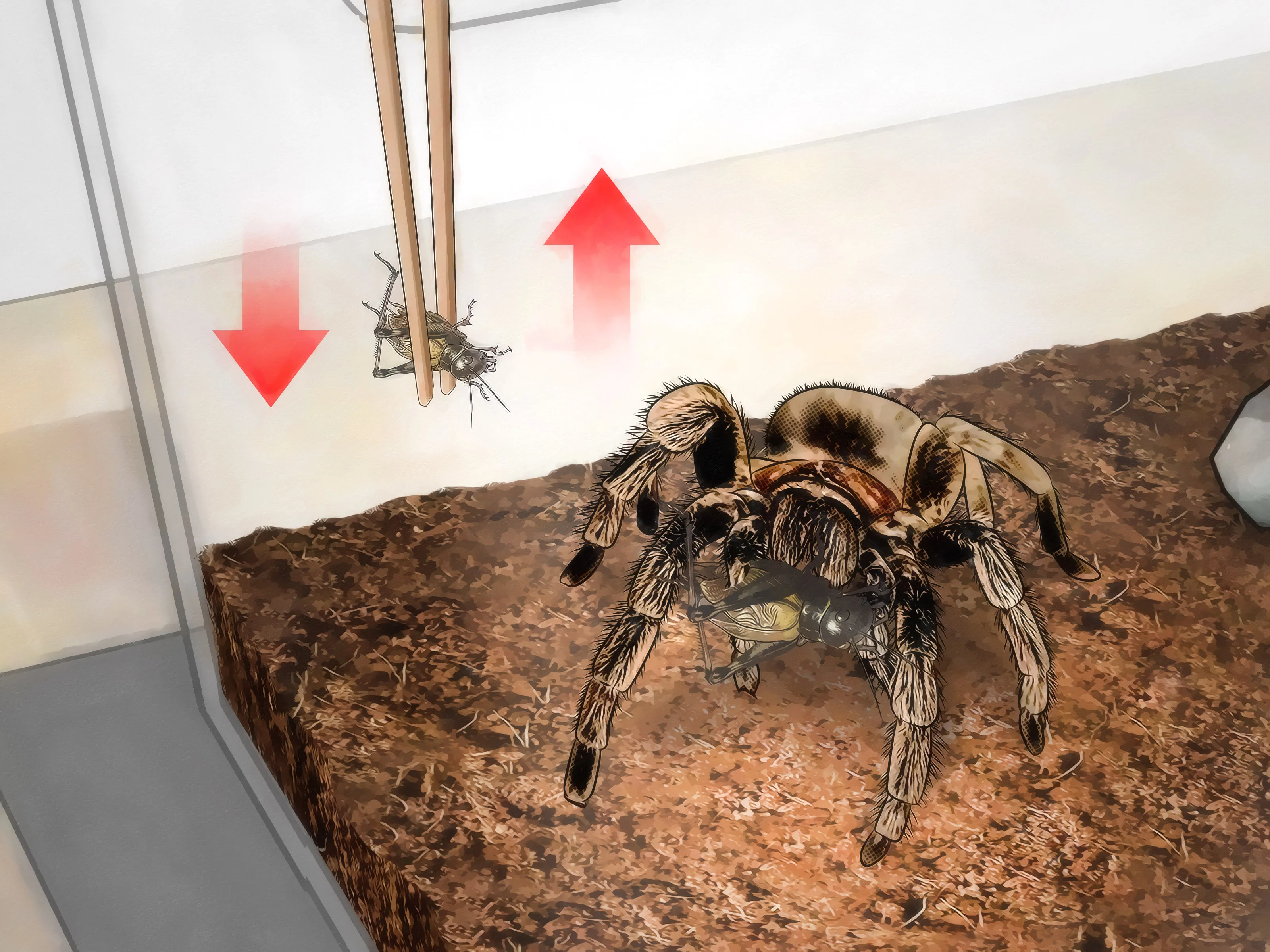
Observing your tarantula’s behavior can indicate whether it is hungry. A hungry tarantula may actively search its enclosure, displaying a more alert and exploratory behavior. It might also show a keen interest when you introduce food. However, remember that not all tarantulas are equally active, and some may be naturally more reclusive. The best way is to offer food and watch the response. If it immediately attacks and consumes the prey, then the tarantula was likely hungry. Refusal of food is not necessarily a sign of being full, and can be due to premolt.
Preparing Live Food
Preparing live food properly is essential to ensure that your juvenile tarantula receives the maximum nutritional benefit and avoids any potential health hazards. This involves two primary steps gut-loading and dusting the insects with supplements. These are both crucial in making the feeder insects a complete and balanced meal for the tarantula. Proper preparation can significantly improve the health and development of your tarantula. These methods increase the nutritional value of the insects.
Gut-Loading Insects
Gut-loading involves feeding the live insects a nutritious diet for at least 24 hours before offering them to your tarantula. The insects ingest these nutrients, which are then passed on to the tarantula when it eats them. A well-balanced gut-loading diet typically includes fresh vegetables (such as carrots, leafy greens, and squash), fruits, and commercially available insect food. Avoid feeding insects only grains, as they will not provide balanced nutrition. Gut-loading is a significant factor in optimizing the health and growth of your tarantula, as it ensures the feeder insects are packed with essential vitamins and minerals.
Dusting Insects with Supplements
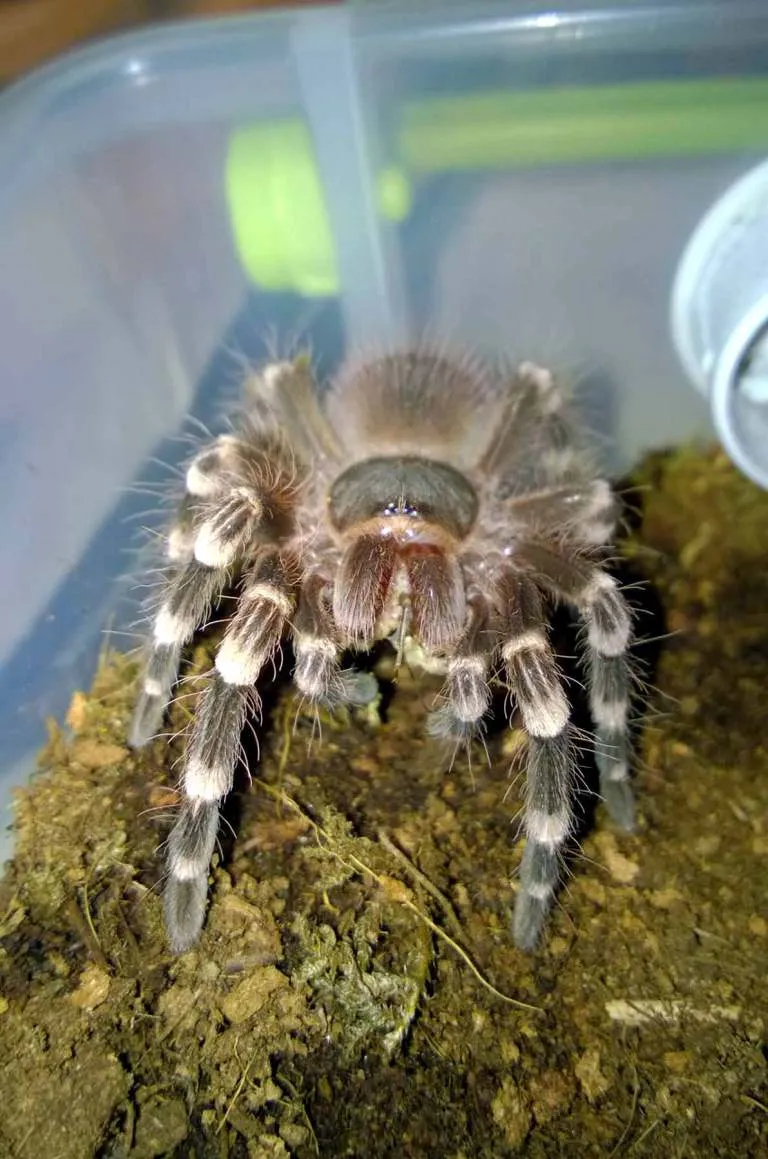
Dusting live insects with vitamin and mineral supplements is another essential preparation step. This is especially important for ensuring the tarantula gets the necessary vitamins and minerals for healthy growth. Before feeding, place the insects in a container with a small amount of supplement powder. Gently shake the container to coat the insects evenly. Use a calcium supplement with vitamin D3, essential for calcium absorption and overall health. Supplements help prevent nutritional deficiencies.
The Feeding Process
The feeding process requires care and attention to ensure the safety and well-being of both the tarantula and the feeder insects. Several factors contribute to a safe and successful feeding experience. Proper technique minimizes stress on the tarantula and maximizes the likelihood of successful feeding. This process involves presenting the food in a way that stimulates the tarantula’s predatory instincts. Proper steps also ensure the enclosure remains clean and that the tarantula receives proper hydration.
Offering Food Safely
When offering food, use tongs to carefully introduce the live insects into the enclosure. This approach reduces the risk of the tarantula biting you or the insect escaping. Place the insect near the tarantula. Observe the tarantula’s response. If it does not attack the insect immediately, leave the insect in the enclosure for a few hours. Avoid disturbing the tarantula while it is eating. Patience is key, especially with young tarantulas.
Removing Uneaten Food
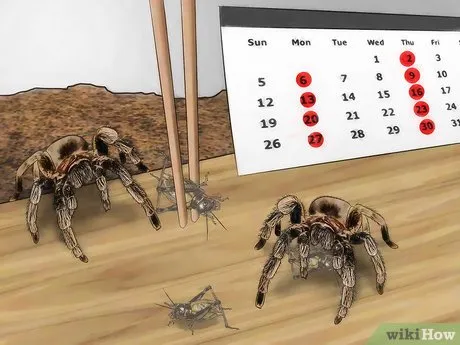
After a few hours, remove any uneaten insects from the enclosure. Leaving live insects in the enclosure overnight can stress the tarantula. The insect may also bite the tarantula. Remove any remaining insects promptly to maintain a clean and healthy environment. This also helps you monitor the tarantula’s appetite and feeding habits. Regular removal prevents the insects from potentially harming the tarantula or disrupting the enclosure’s environment.
Watering Your Tarantula
In addition to providing food, ensure that your juvenile tarantula has access to fresh water. Tarantulas need water to stay hydrated, which supports their overall health and facilitates molting. Provide a shallow water dish filled with clean water, or use a water gel. The water dish should be shallow enough to prevent the tarantula from drowning, but accessible. Check the water dish regularly and refill it as needed to keep the water clean. Proper hydration ensures your tarantula can thrive.
Common Feeding Mistakes and How to Avoid Them
Avoiding common feeding mistakes is crucial for the health and well-being of your juvenile tarantula. These mistakes can range from providing the wrong type of food to improperly managing the feeding schedule. Being aware of these potential pitfalls allows you to adjust your feeding practices and provide your tarantula with optimal care. Proper feeding habits prevent avoidable issues and ensure a healthy environment.
Overfeeding
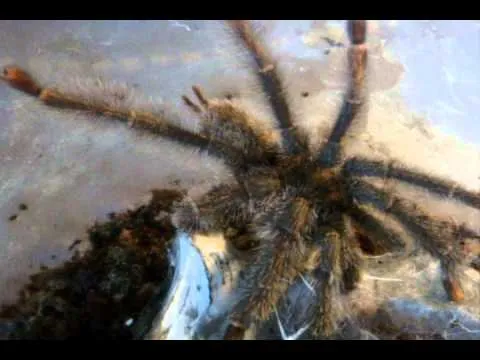
Overfeeding is a common mistake that can lead to several health issues. Overfed tarantulas can become obese, which can strain their internal organs and reduce their activity levels. They also may refuse food if they are not hungry. Overfeeding can also speed up their growth rate, potentially causing them to molt more frequently. Molting is a stressful process, so speeding it up too much can cause the tarantula stress. Monitor the tarantula’s abdomen size; it should not appear overly large. Adjust the feeding frequency and portion size as needed. Be mindful of the tarantula’s behavior.
Underfeeding
Underfeeding can stunt growth, making the tarantula more susceptible to illnesses and other issues. If your tarantula is not eating and the abdomen appears small, it may be underfed. Make sure to offer the correct sized prey. Ensure it is eating a balanced diet. Consistent underfeeding will ultimately impact the tarantula’s health and longevity. Increase the feeding frequency or the size of the prey. Monitor the tarantula’s behavior. Regular observation of the tarantula is essential to making sure they’re getting the required nutrients to thrive. An underfed tarantula may display lethargy or fail to thrive.
Choosing the Right Enclosure
The right enclosure setup helps with feeding success. The enclosure should be appropriately sized for the tarantula. A poorly sized enclosure can cause stress. Provide a good substrate, such as peat moss or coconut fiber, to provide a comfortable environment. Ensure that the enclosure has proper ventilation. A cluttered enclosure can make it hard for the tarantula to hunt. Provide hides such as cork bark to give the tarantula a safe place to retreat to. These are key in creating a healthy environment.
Monitoring Growth and Adjusting Feeding
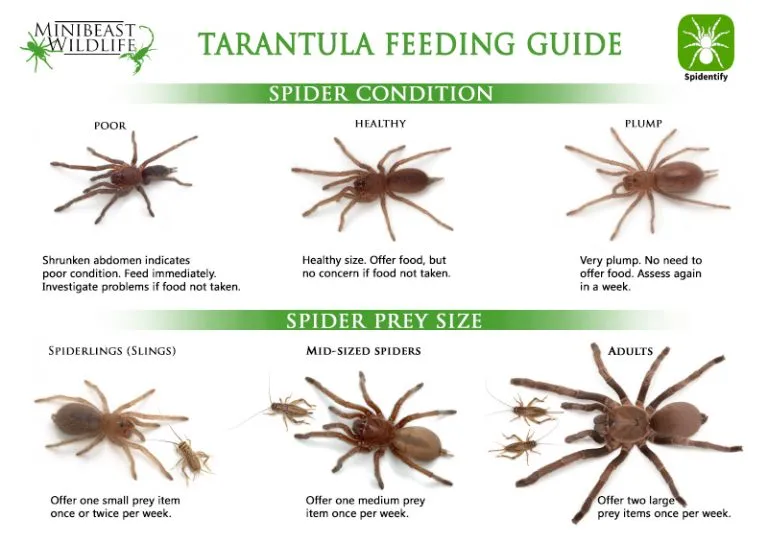
Monitoring the growth of your juvenile tarantula is essential for adapting its feeding regime. As tarantulas grow, their nutritional needs change, and the feeding schedule must be adjusted. Regular observation helps to ensure that the tarantula receives adequate nutrition, without overfeeding. It allows the pet owner to catch any potential issues early. Tracking growth and making informed adjustments is a key aspect of successful tarantula husbandry.
Molting and Feeding
Molting is a significant process in a tarantula’s life cycle. It involves the shedding of their exoskeleton to facilitate growth. During premolt, the tarantula may refuse food and become less active. Avoid offering food during this period. Wait until the tarantula has molted and its new exoskeleton has hardened before resuming the regular feeding schedule. Providing food too soon can be risky. The tarantula will be vulnerable if it eats before the new exoskeleton is strong enough. Patience and awareness of the molting cycle will help ensure their safety.
Conclusion
Feeding juvenile tarantulas successfully is an involved task that requires careful planning, consistent monitoring, and a deep understanding of their needs. By following the guidelines outlined in this guide, you can provide your juvenile tarantula with the essential nutrients and conditions it needs to thrive. Remember that each tarantula is unique, so observing its behavior and adjusting the feeding schedule accordingly is crucial. With dedication, patience, and a commitment to best practices, you can enjoy the rewarding experience of raising a healthy and thriving juvenile tarantula. Responsible pet ownership is the foundation for a long and fulfilling life for these fascinating creatures.
